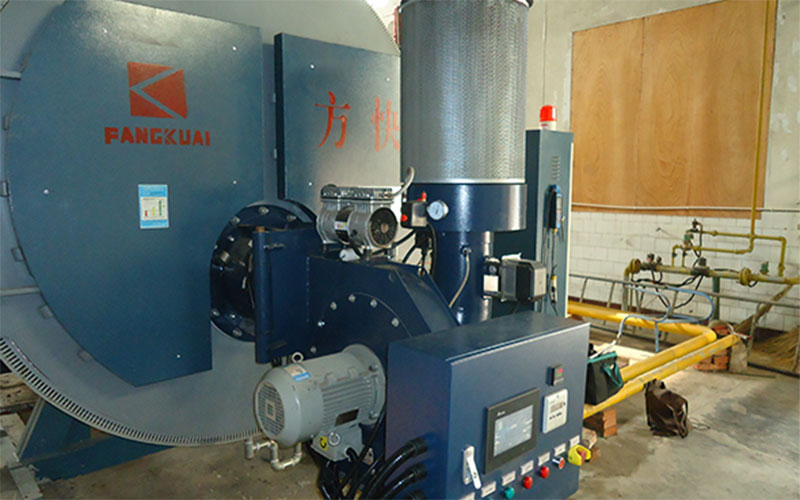Brief introduction to the main differences between Gas Boiler and Coal fired Boiler
Both coal-fired boilers and gas-fired boilers are more common categories in the boiler market in recent years. Although they are consistent in the presentation of comprehensive efficiency, there are great differences in the specific combustion mode, combustion products, specific operation requirements and workflow.

First, combustion mode
Most of the coal-fired boilers use laminar combustion mode, coal through the coal feeder transport chain grate plane, in the furnace to complete the combustion process. However, most of the gas boilers are combusted by chamber combustion. After the natural gas is mixed with the air in advance, it is sprayed into the furnace through the nozzle, and the combustion is completed in the torch state in the furnace.
II. Automatic control force of boiler
Coal-fired boiler is limited by coal type, coal seam thickness, blast air volume, air volume distribution and grate speed, so it is difficult to automatically adjust boiler operation parameters according to load. However, the high quality gas boiler is less affected by the influence factors, which can only adjust the size of the burner according to the load, and it is easy to realize automatic control.
III. Combustion products
The coal is mainly composed of C, H, O, N and other elements, ash and water, but not the surface mixing of these components, but a more complex compound. After combustion of coal, heat will be emitted to generate vulcanized oxygen, which is discharged into the atmosphere from flue gas. These gases are very polluting the environment and will cause harm to human beings. However, the natural gas used in the gas boiler is mainly composed of methane gas and contains a small amount of non-hydrocarbon gas, generally free of water content and ash. Therefore, carbon dioxide and water are mainly generated after combustion, releasing a large amount of heat. Compared with coal, the harmful substances are significantly reduced.

